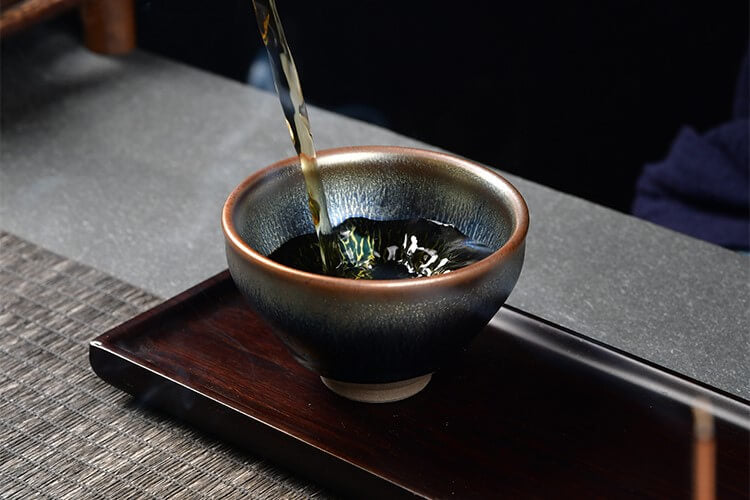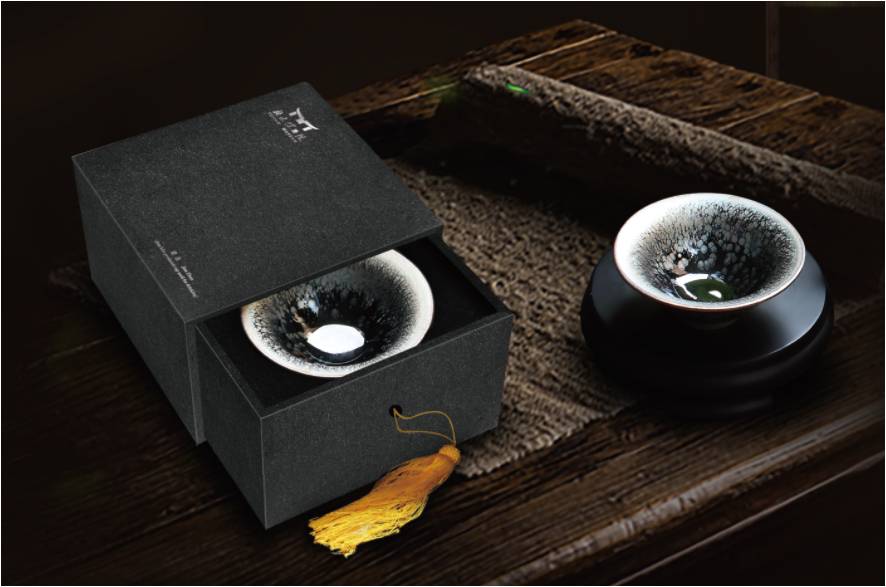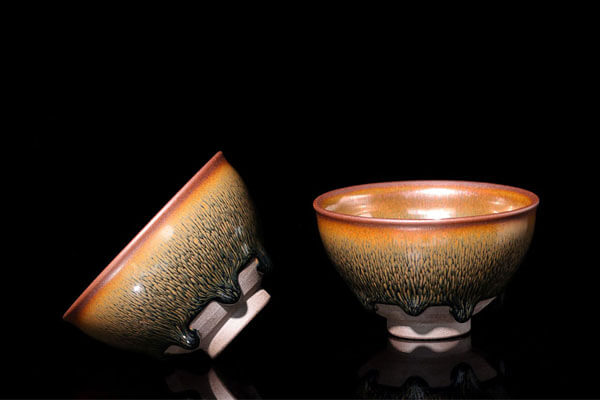How to Brew Manzhuan Ancient Tree Pu’er Tea
As one of Yunnan’s six celebrated Pu’er tea mountains, Manzhuan stands out for its deep mountain charm, full-bodied liquor, and distinctive sweet aftertaste. Compared with other regions, Manzhuan’s ancient tree raw Pu’er carries both the layered transformation of “bitterness turning to sweetness” and a lingering mountain fragrance. To unlock these qualities, careful and scientific brewing is essential. This guide explains how to brew Manzhuan ancient tree raw Pu’er, from understanding its core traits and preparing the right tools to detailed brewing steps and tasting techniques, helping you experience its unique mellow charm.

1. Core Traits of Manzhuan Ancient Tree Raw Pu’er: Why Brewing Care Matters
Manzhuan’s character comes from its high-altitude environment and centuries-old tea trees. These features determine its distinct taste and aroma—and why it requires attentive brewing.
-
Taste & Texture
At first sip, there is a touch of bitterness, but it fades quickly into a sweet, mouthwatering aftertaste. The liquor is thick, smooth, and rich, leaving a lingering flavor at the throat—an expression of the classic “bitterness into sweetness.” -
Aroma
Manzhuan’s fragrance blends wild mountain notes with woody, jujube, and light honey-floral tones. The fragrance develops gradually with each infusion, with the jujube aroma becoming most pronounced mid-brew. -
Appearance
Dry leaves are thick, tightly twisted, and dark green with silvery hairs. The strength and flexibility of the leaves reflect the abundance of inner compounds, which also give the tea high brewing endurance. -
Pressing
Cakes are moderately compressed, making them suitable for aging while still allowing aroma release. During brewing, “waking” the tea is vital to activate its full potential.
2. Preparation Before Brewing: Laying the Foundation
The success of brewing Manzhuan raw Pu’er begins with preparation—from the utensils to the water.
-
Utensils
-
Gaiwan: White porcelain (120–150 ml) for observing liquor color and controlling steeping time—ideal for beginners.
-
Purple clay teapot: 150–200 ml, tall and rounded, which enhances aroma and creates a fuller liquor—preferred by seasoned drinkers.
-
Fairness cup & tasting cups: A glass fairness pitcher for clarity, with porcelain tasting cups to capture aroma.
-
Tools: Tea needle for prying, tea lotus, spoon, timer, and kettle.
-
-
Water Quality & Temperature
Use soft, low-mineral mountain spring water or purified water (pH 6.5–7.0). Avoid untreated tap water or high-mineral waters, which dull freshness. Brew with water at 95–100℃, using freshly boiled water to fully awaken the tea. -
Tea Quantity
-
120 ml gaiwan: 5–6 g
-
150 ml gaiwan: 6–7 g
-
200 ml teapot: 8–10 g
Start lighter if you are new to the tea, then adjust to taste.
-
-
Prying Method
Insert the tea needle at the cake’s edge, gently prying along the leaf layers to keep leaves whole. Shake the loosened leaves to separate them evenly before brewing.
3. Brewing Manzhuan Raw Pu’er: Step by Step
Manzhuan brewing follows the rhythm of awakening → stimulating → releasing.
-
Step 1: Warm Utensils & Wake the Tea
Rinse gaiwan and cups with hot water. Add tea, then perform two quick rinses:-
First rinse: Cover leaves with boiling water for 2–3 seconds, then pour off.
-
Second rinse: Infuse for 5–8 seconds, gently swirling before discarding. Leaves should now release a soft mountain fragrance.
-
-
Step 2: Formal Brewing
-
Water Injection:
-
First 3 infusions: High pour (15–20 cm), steady stream, then cover quickly—this enhances aroma.
-
From the 4th infusion onward: Low, circular pour along the gaiwan wall—this preserves clarity and prevents leaf breakage.
-
-
Steeping Times:
-
Infusions 1–3: 5s, 8s, 10s → fresh, lightly bitter, fragrant.
-
Infusions 4–6: 15s, 20s, 25s → richest balance of bitterness and sweetness.
-
Infusions 7–10: Extend by 10–15s each → bitterness fades, jujube fragrance deepens.
-
After 10: Extend up to 1–2 min until flavor fades.
-
Always pour out the liquor quickly and evenly. Do not let soup linger in the gaiwan.
-
-
Step 3: Adjustments
-
Too strong? Shorten the next steep or add an extra rinse.
-
Too light? Raise water temperature or lengthen the second rinse.
-
Turbidity? Reduce pouring height or filter through a fine strainer.
-
4. Tasting Notes: Tracing Flavor Evolution
Each infusion offers a different expression of Manzhuan’s character.
-
Early (1–3 infusions): Light orange-yellow liquor, bright and clear; mountain and honey-floral notes; slight bitterness that quickly transforms into sweetness with refreshing salivation.
-
Middle (4–7 infusions): Liquor deepens to orange-red with a glossy surface; jujube and woody notes dominate; balanced bitterness-sweetness with silky texture and long aftertaste.
-
Late (8+ infusions): Deep orange-red to amber; aged and jujube aroma persists; bitterness nearly gone, sweetness continuous, leaving soft, sweet “tail water.”
Focus on four dimensions: color (bright, clear), aroma (mountain to jujube), taste (bitterness to sweetness), and throat feel (lasting cooling and sweetness).
5. Storage & Care: Preserving Manzhuan’s Quality
-
Short-Term (within 1 year): Store in sealed tin or ceramic jar, in a cool, dry, odor-free place. Always reseal immediately after use.
-
Long-Term (1+ years): Wrap in cotton paper or bamboo shell, store in clay jar or ventilated space at 20–25℃, 50–60% humidity. Keep away from strong odors.
-
Precautions:
-
Avoid metal tools when prying.
-
Let tea acclimate indoors 1–2 hours before brewing, especially in humid weather.
-
Adjust brewing for tea age: shorter steeps for fresh tea, longer for aged tea.
-
Final Thoughts
Brewing Manzhuan ancient tree raw Pu’er is an art of balance—between heat and time, strength and delicacy. With proper tools, good water, and precise timing, each session becomes a dialogue with the mountains. From the lively freshness of the first sip, to the layered richness mid-brew, and the sweet lingering finish, you’ll experience the signature journey of “bitterness into sweetness” that defines Manzhuan’s charm.







